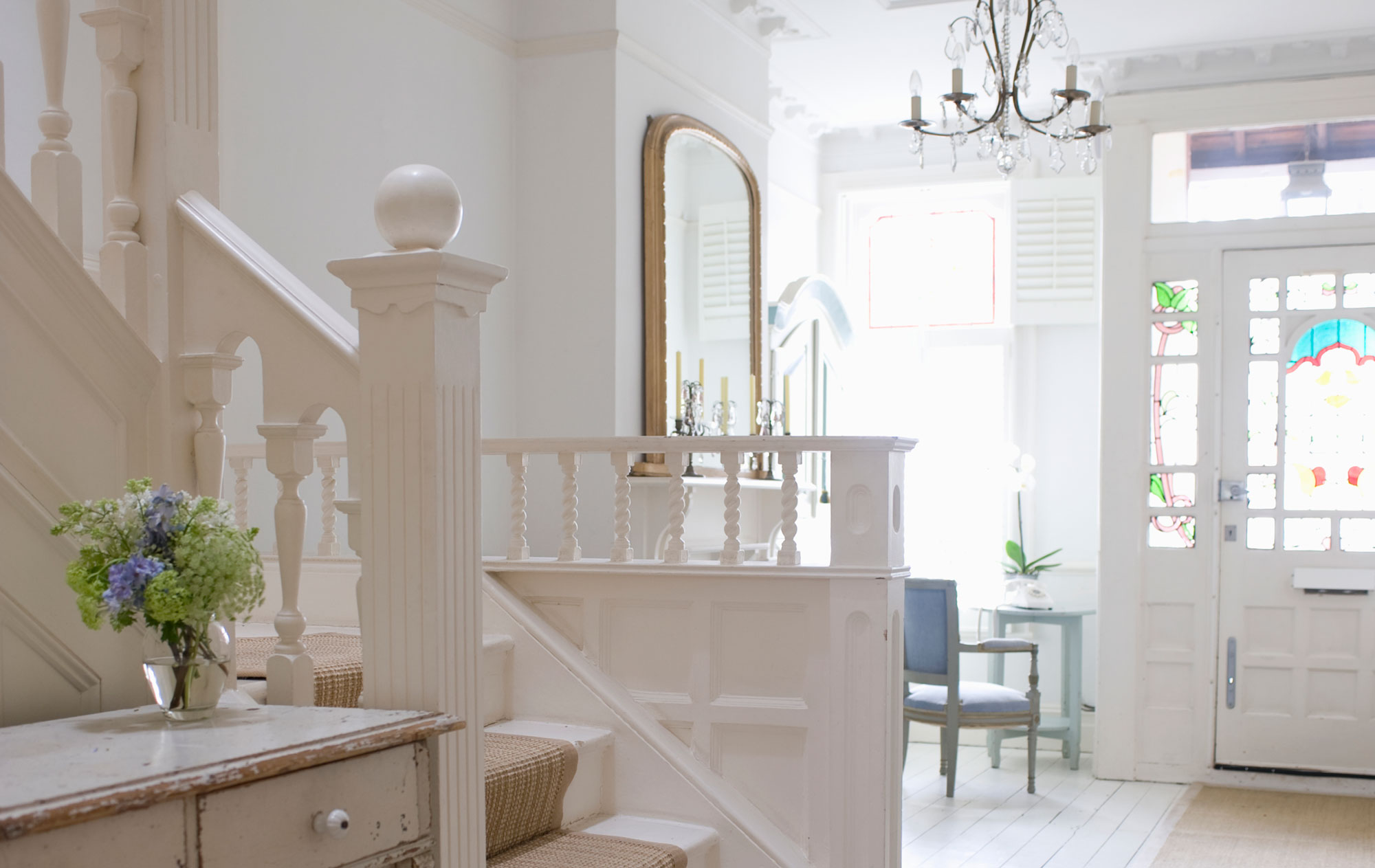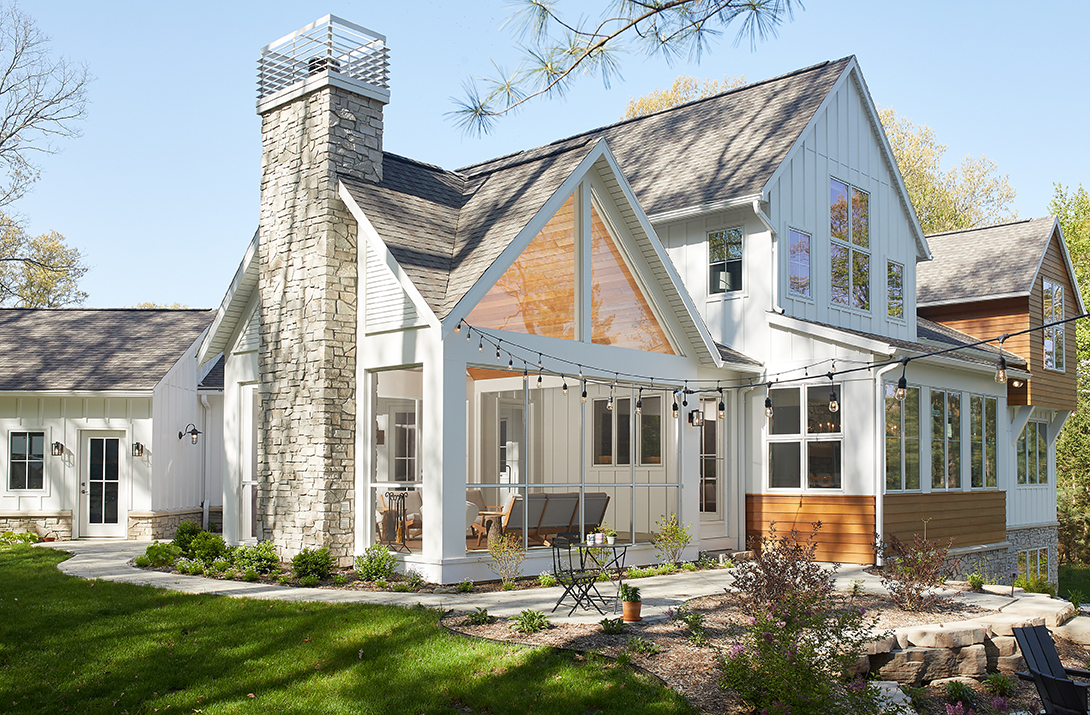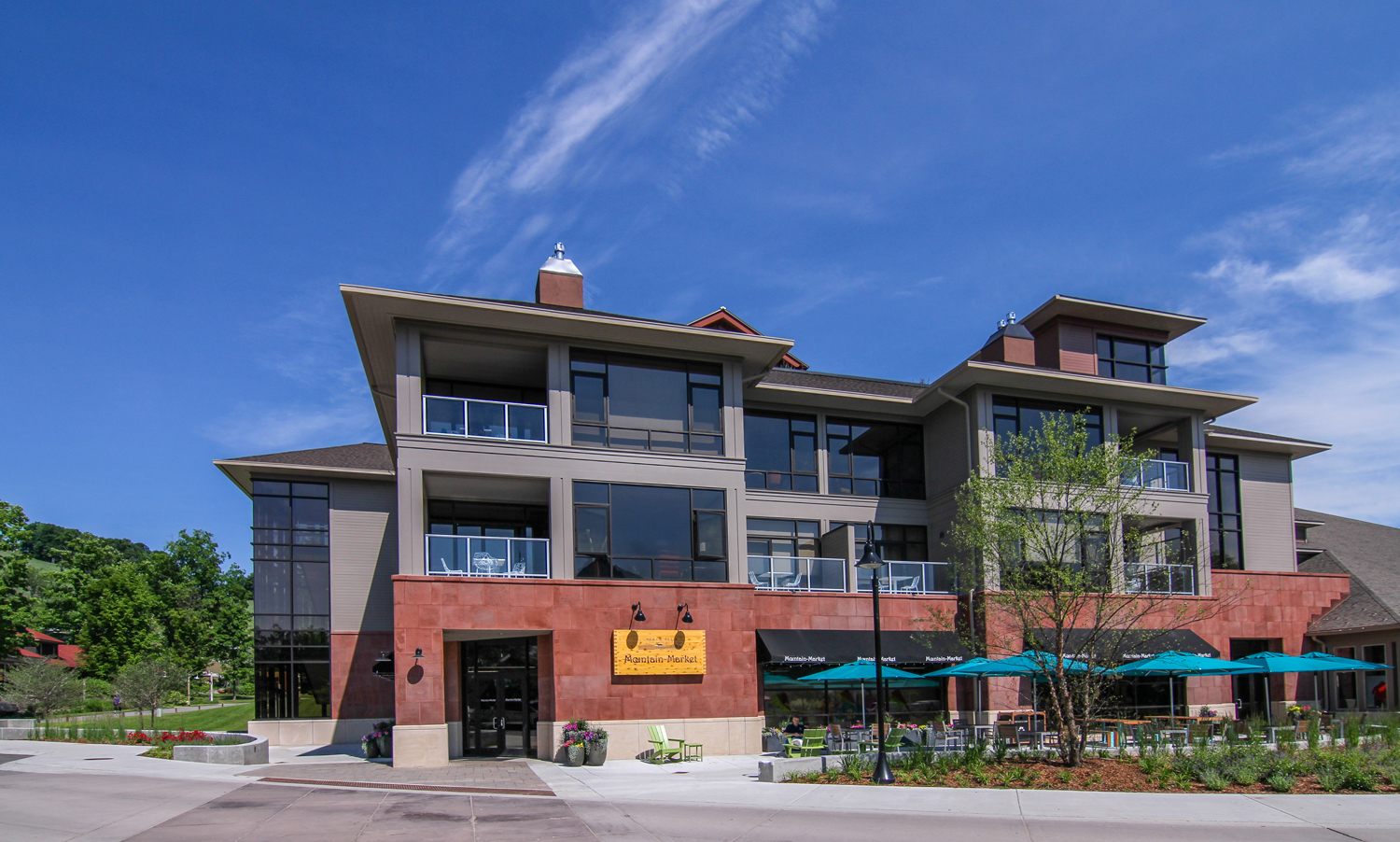Text: R.J. Weick
The 18th annual Residential Architect Design Awards highlights two firms in the Great Lakes region.
Residential design is a dynamic field that often stretches across multiple architectural typologies and can push the boundaries of what has been historically, or collectively, considered a home. While each firm’s process is nuanced and plays to the strengths of each creative and technical team, there is a dedication to quality, craftsmanship, and delivering livable solutions for clients.
Architect Magazine, a monthly publication of the American Institute of Architects, has recognized the outstanding work in advancing residential design for the last 18 years with its annual awards program known as the Residential Architect Design Awards. The 2017 Residential Architect Design Awards, or RADA, highlighted 18 projects and their architectural firms representing the best in residential design across all typologies, based on a jury selection process.
 Among the 18 residential projects, two architectural firms based in the Great Lakes region were recognized for their custom design work: Alchemy Architects, St. Paul, Minnesota; and HBRA Architects, Chicago, Illinois.
Among the 18 residential projects, two architectural firms based in the Great Lakes region were recognized for their custom design work: Alchemy Architects, St. Paul, Minnesota; and HBRA Architects, Chicago, Illinois.
Alchemy Architects, a multidisciplinary team known internationally for its design of the weeHouse, combines sustainable practices, innovation, and a collaborative design process to create alternative and harmonious project solutions. The firm was recognized by the 2017 RADA for its work on the Sonoma weeHouse, which is a custom home less than 3,000 square-feet and located in Santa Rosa, California.
Initial design for the minimalist, luxury-finished prefab house began in Minnesota for a San Francisco-based client, before it was built in Oregon and shipped to its final destination nearly complete. The house features two open-sided boxes set on a concrete plinth, steel frames, and nine-foot-tall sliding glass walls set into corrugated weathering steel boxes, according to Alchemy Architects’ website. The offset structures—a 640-square-foot main living space and a 330-square-foot guest house—are connected by custom-designed steel stairs and railings fabricated in Minnesota.
In its neighboring state of Illinois, HBRA Architects worked to integrate the surrounding environment of a conventional Chicago streetscape with their client’s vision for a modern-inspired, albeit timeless and restorative townhome. The firm, which was founded in 1961 by James Wright Hammond, has been recognized for its design solutions that are sensitive to existing contexts while also responsive to client needs, specific site conditions, and are enduring and meaningful structures.
The Lincoln Park Townhouse in Chicago, which has a footprint of more than 3,000 square-feet, uses traditional materials and a “non-historical expressive language” to achieve the balanced vision, according to the HBRA Architects’ website. From the stone inset panels and an array of windows on the exterior façade, and clean interior palette of light stone and wood floor, to the landscaped roof, energy systems, and kitchen garden, are a few of the striking and environmental-forward elements of the urban-set townhome.
The firms and their work were published in the December 2017 issue of Architect Magazine, and were selected by a three-member jury comprising: David Baker, FAIA, of David Baker Architects in San Francisco; Katherine Chia, AIA, of Desai Chia Architecture in New York; and R. Michael Graham, of Liederbach and Graham Architects in Chicago.
The RADA program features 10 categories: custom home at 3,000 square-feet or less; custom home at more than 3,000 square-feet; renovation and adaptive reuse; restoration and preservation; multi-family housing; affordable housing; architectural interiors, such as build-outs and interior renovations; student housing; outbuilding; and any unbuilt residential project not yet completed. There are also three specialty categories of kitchen, bath, and architectural design detail. For the 18th annual RADA program, architectural firms could submit work that was completed after Jan. 1, 2013.




